
Moresque No.4a
A hand-painted replica of Owen Jones’s masterpiece Moresque No.4a, meticulously crafted by professional artists to capture the true essence of the original. Each piece is created with museum-quality canvas and rare mineral pigments, carefully painted by experienced artists with delicate brushstrokes and rich, layered colors to perfectly recreate the texture of the original artwork. Unlike machine-printed reproductions, this hand-painted version brings the painting to life, infused with the artist’s emotions and skill in every stroke. Whether for personal collection or home decoration, it instantly elevates the artistic atmosphere of any space.
Owen Jones (1809–1874) was a prominent British architect and designer, known for his contributions to the decorative arts and his influential work in color theory and design principles. One of his notable works is "Moresque No.4a," which reflects his deep interest in Islamic art and architecture.
Jones was a key figure in the 19th-century design reform movement, and he played a significant role in introducing the rich visual language of Islamic art to Western audiences. His fascination with Islamic design was largely inspired by his travels to the Alhambra in Granada, Spain, in the early 1830s. The intricate geometric patterns and vibrant colors he encountered there had a profound impact on his work.
"Moresque No.4a" is part of Jones's larger body of work that explores the principles of Islamic art, particularly the use of geometry and color. The term "Moresque" refers to the Moorish style, which is characterized by intricate, interlacing patterns and motifs commonly found in Islamic art and architecture. This style was prevalent in the regions of North Africa and the Iberian Peninsula during the period of Moorish rule.
Jones's work, including "Moresque No.4a," is characterized by its meticulous attention to detail and its use of bold, contrasting colors. He believed that color and ornamentation were essential components of design, and he sought to demonstrate how these elements could be harmoniously integrated into Western art and architecture. His designs often featured complex geometric patterns, which he meticulously arranged to create a sense of rhythm and harmony.
In addition to his artistic endeavors, Owen Jones was also a prolific writer and educator. His seminal work, "The Grammar of Ornament," published in 1856, is a comprehensive study of decorative arts from various cultures, including Islamic, Indian, and Chinese art. This publication was instrumental in disseminating knowledge about non-Western design traditions and had a lasting impact on the field of design.
"Moresque No.4a" exemplifies Jones's commitment to bridging cultural divides through art and design. By incorporating elements of Islamic art into his work, he challenged the prevailing Eurocentric perspectives of his time and encouraged a greater appreciation for the artistic achievements of other cultures.
Jones's legacy continues to influence contemporary design, and his work remains a testament to the enduring appeal of cross-cultural exchange in the arts. His exploration of Islamic art not only enriched his own work but also contributed to a broader understanding and appreciation of global artistic traditions. Through pieces like "Moresque No.4a," Owen Jones helped to pave the way for future generations of designers to explore and integrate diverse cultural influences into their work.





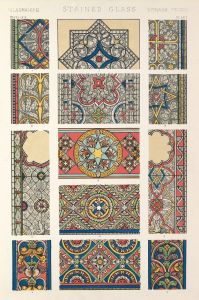
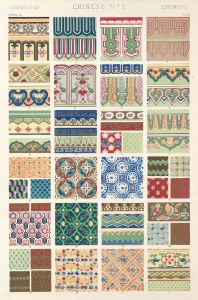
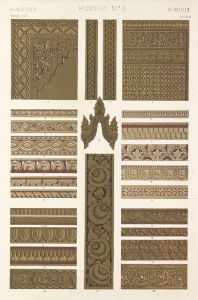

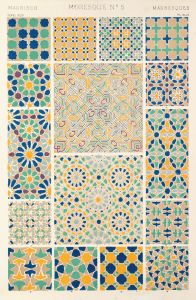
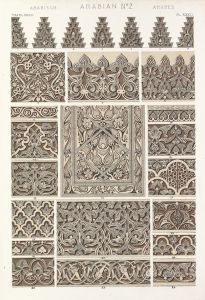
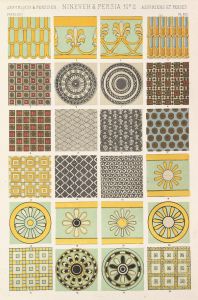
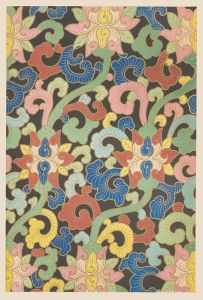
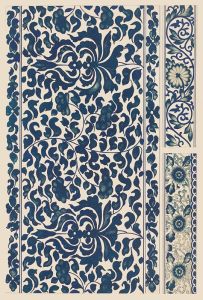
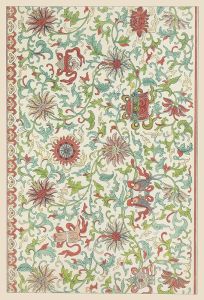
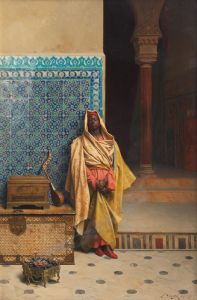
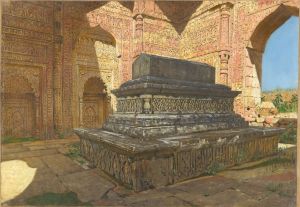

![Gate of the Metwaleys [Bab Zuwayla], Cairo.](/imgs/217486/s/david-roberts-gate-of-the-metwaleys-bab-zuwayla-cairo-669b6ca3.jpg)